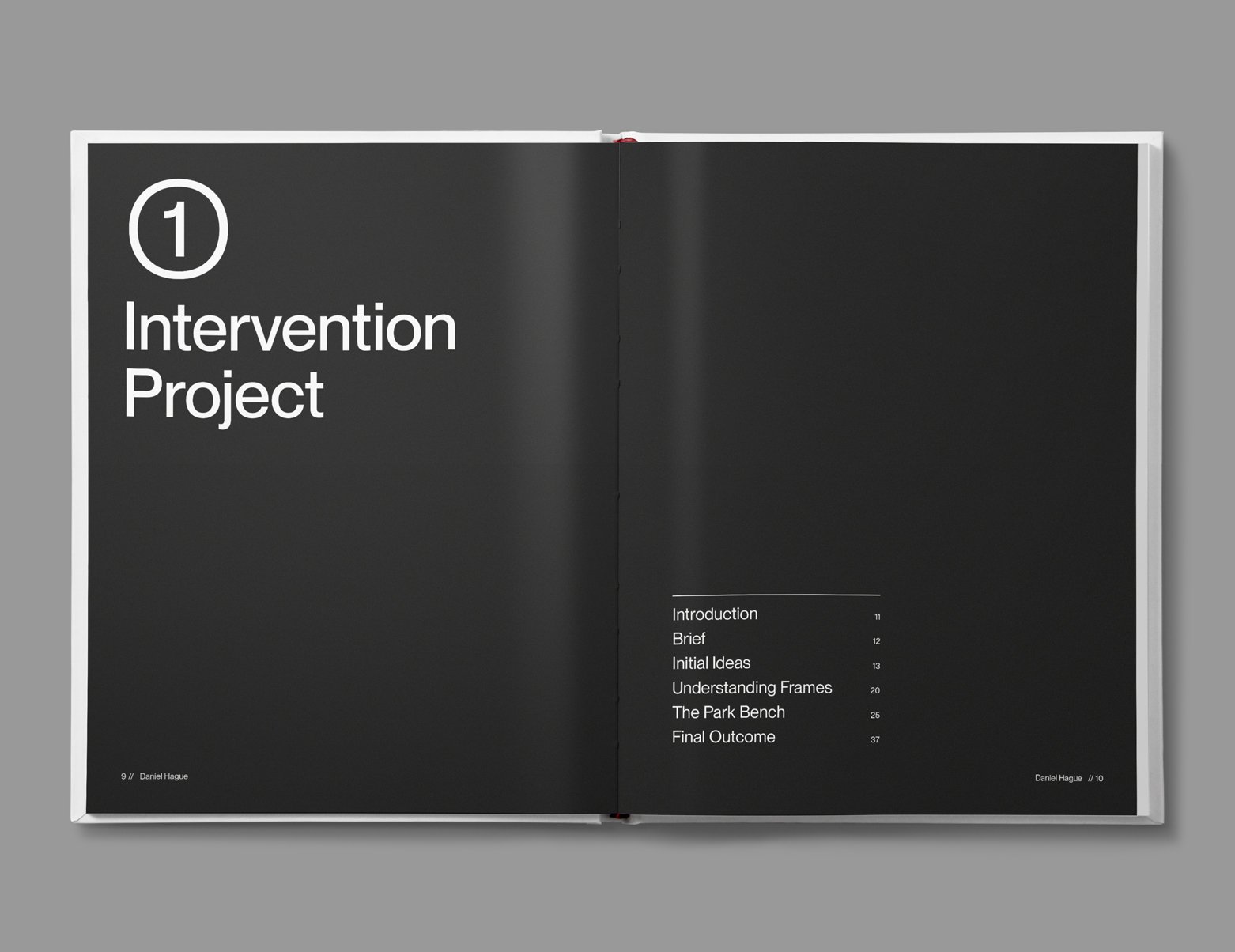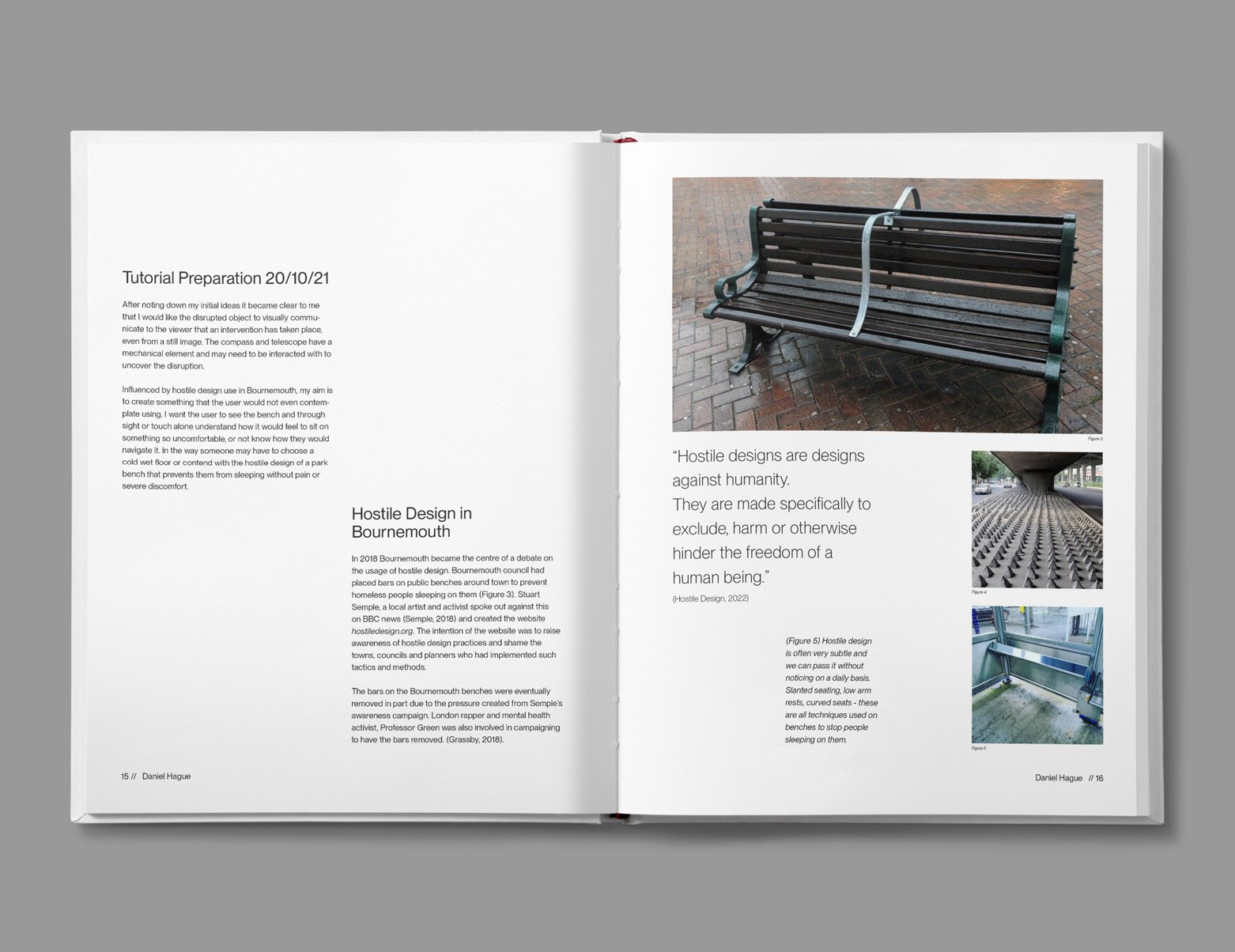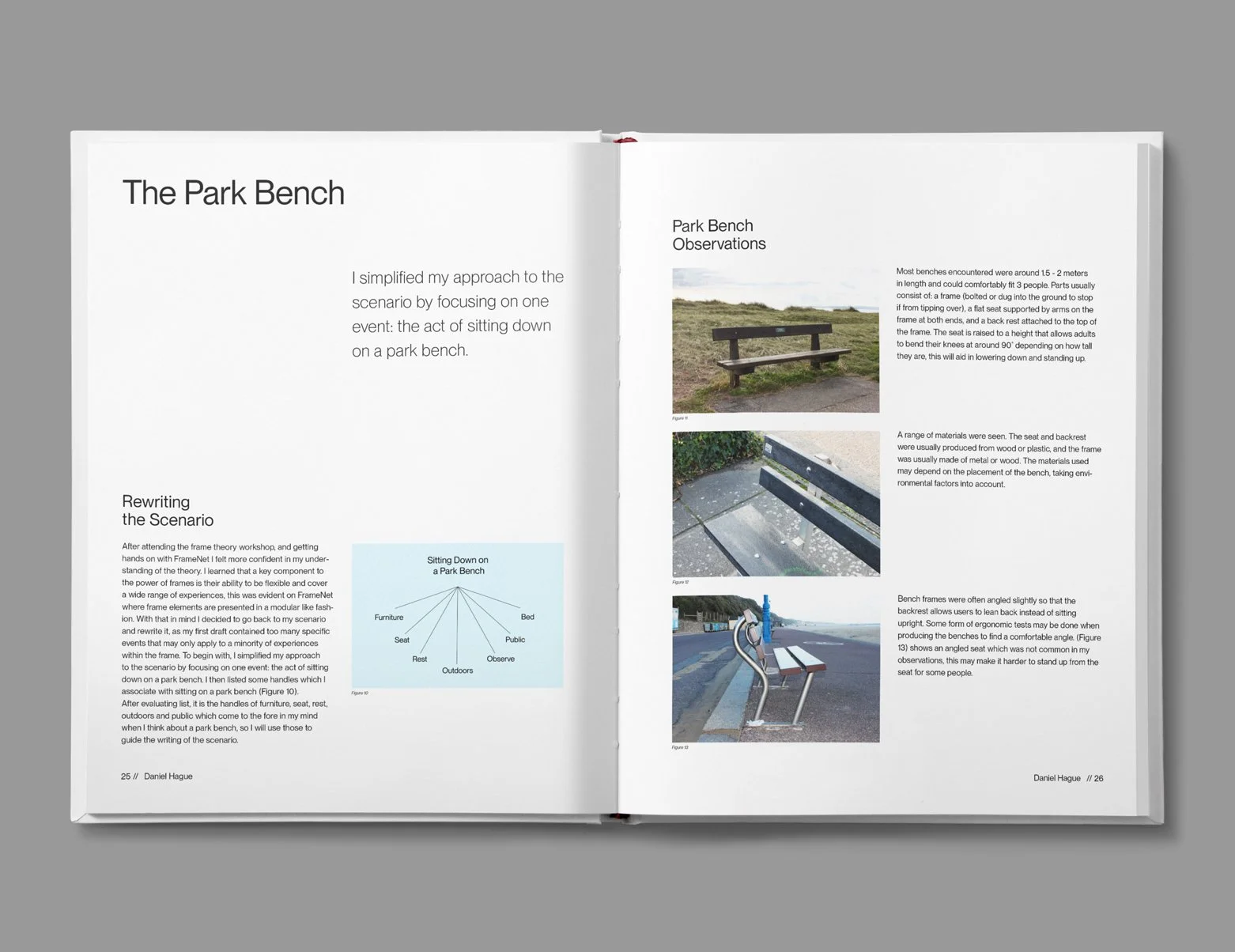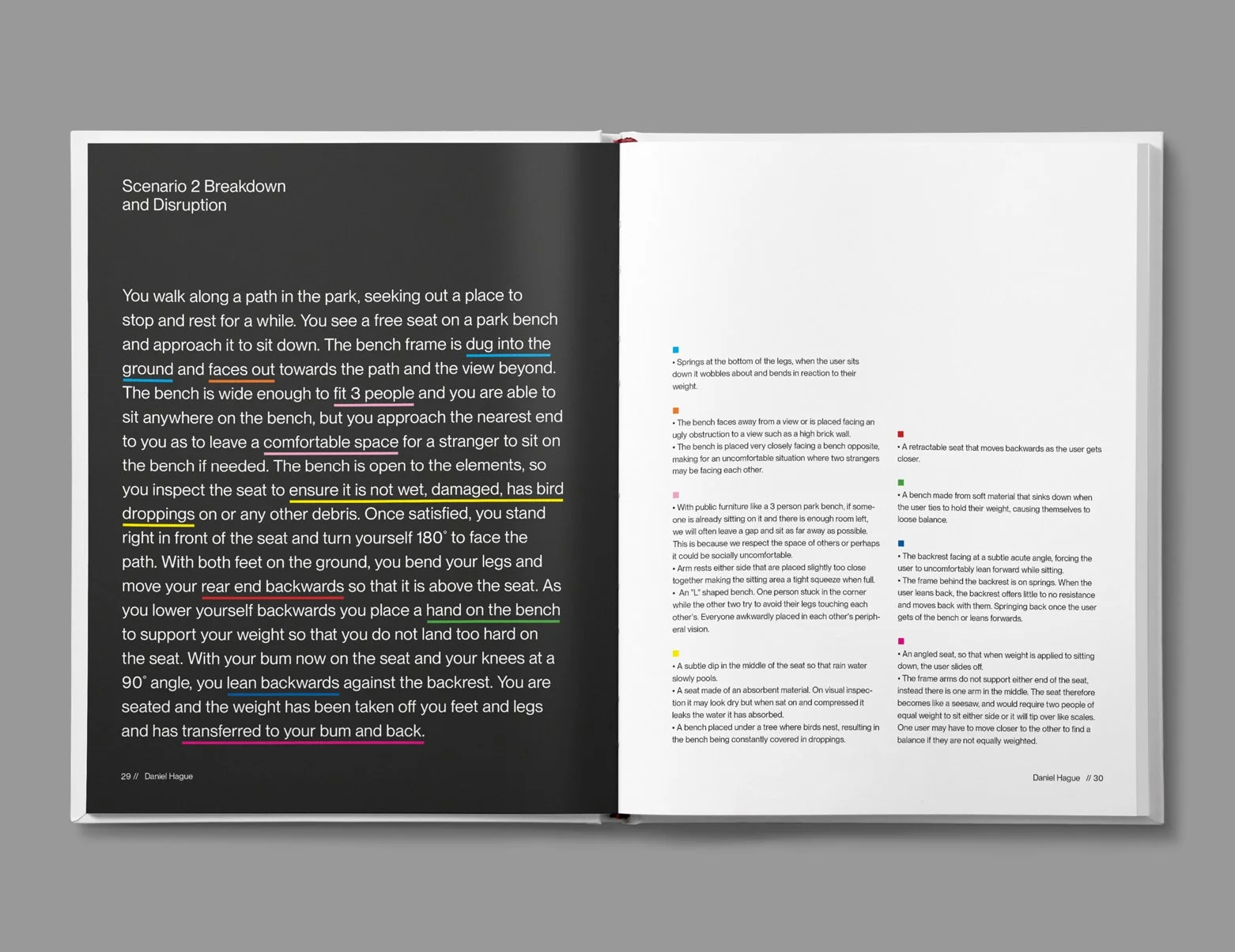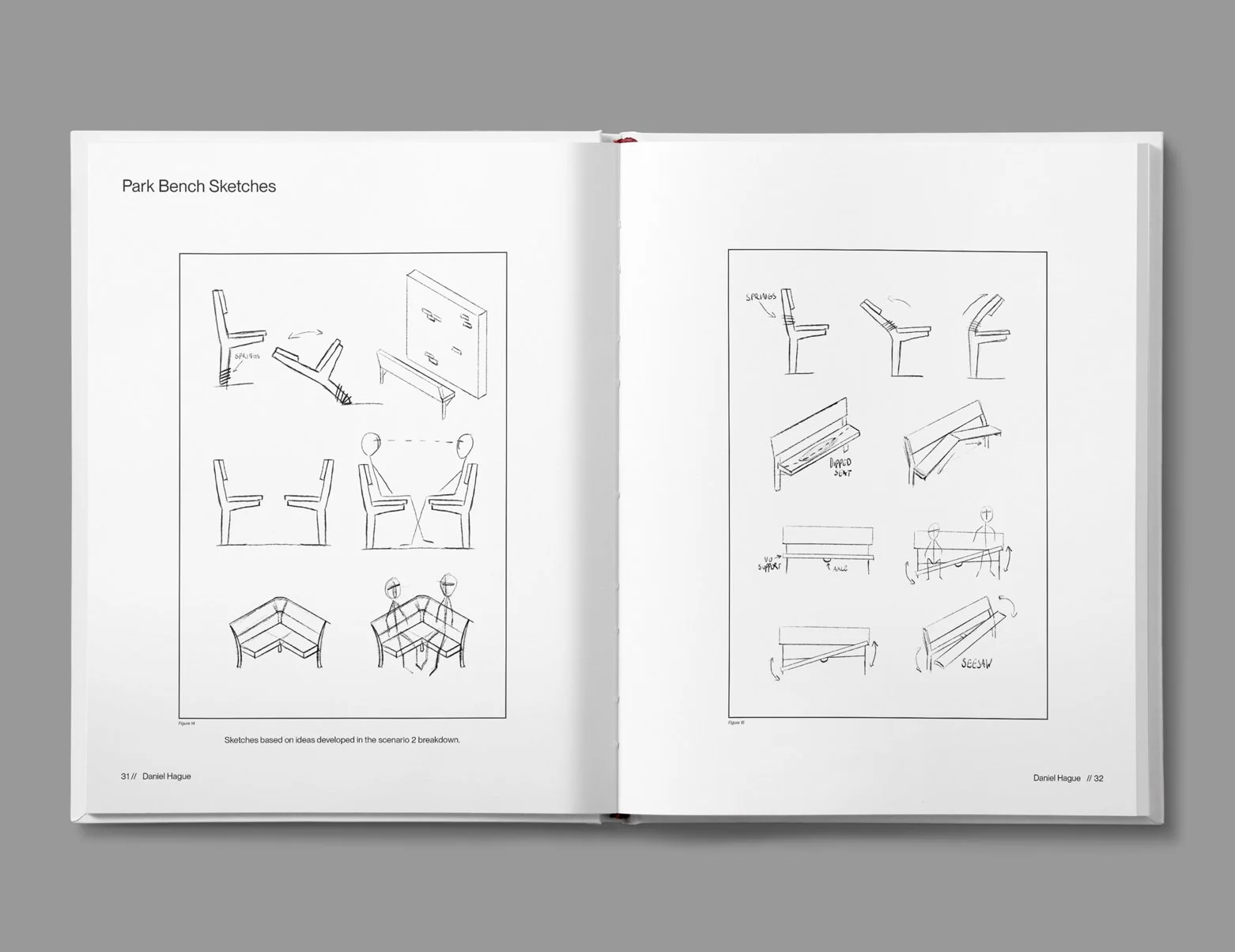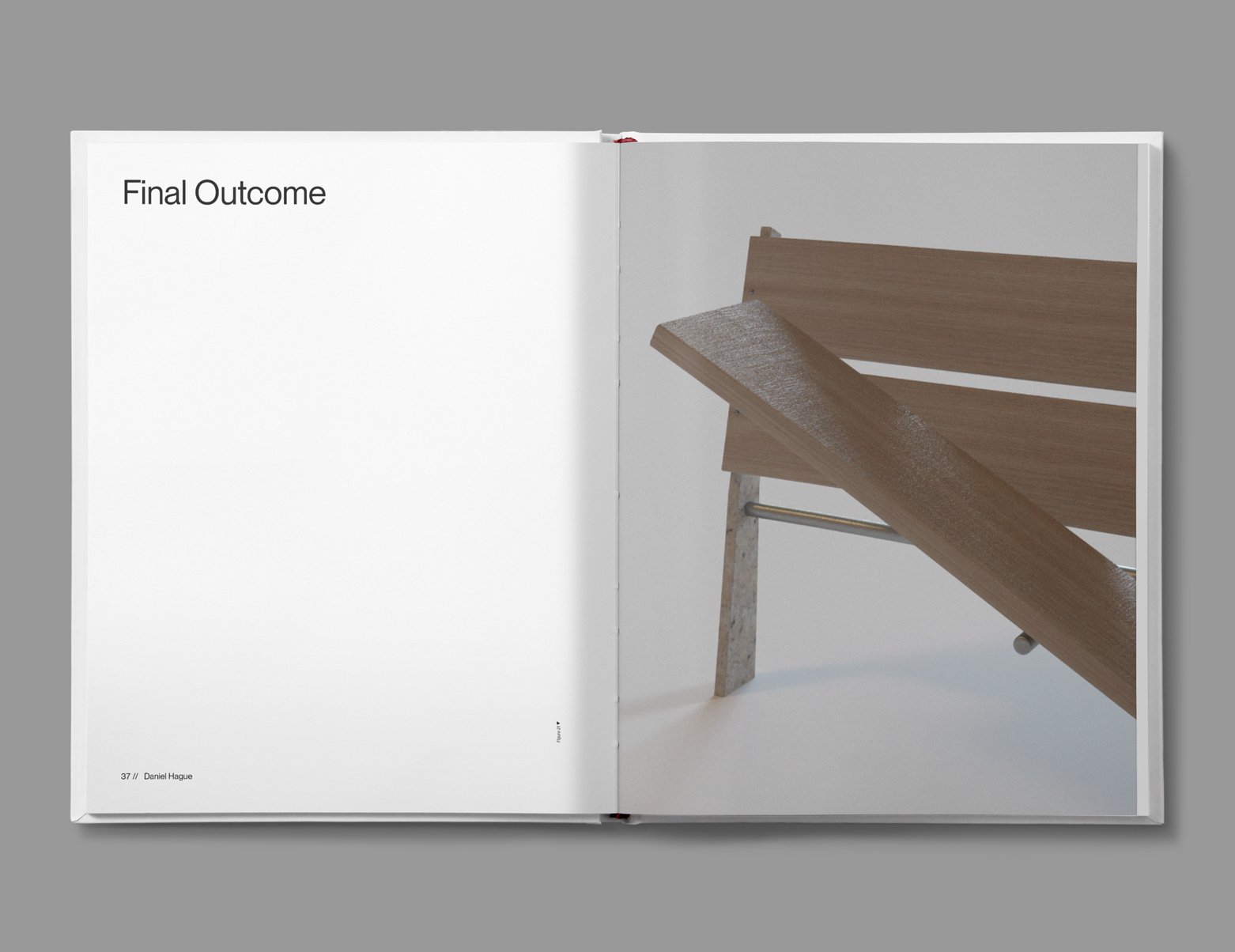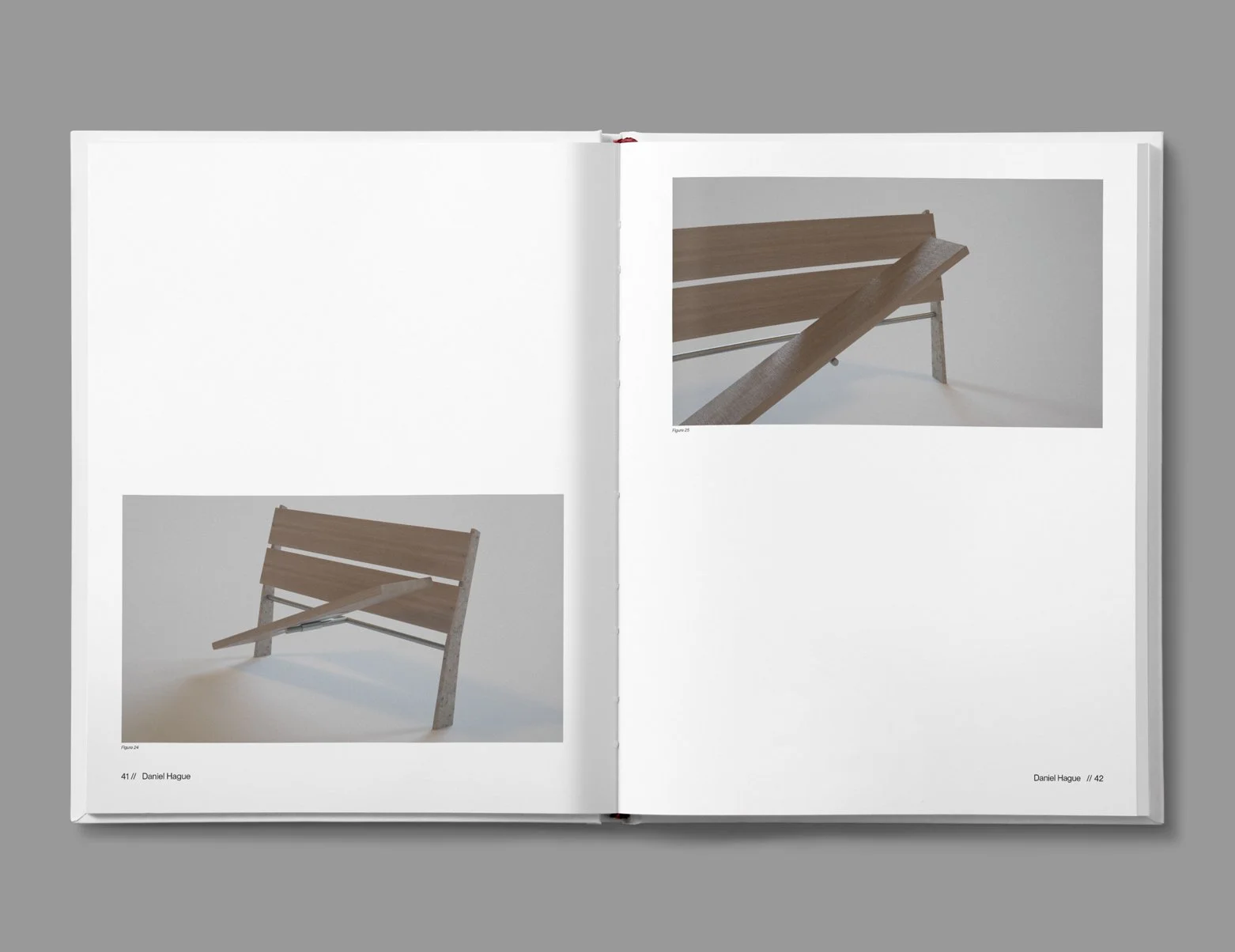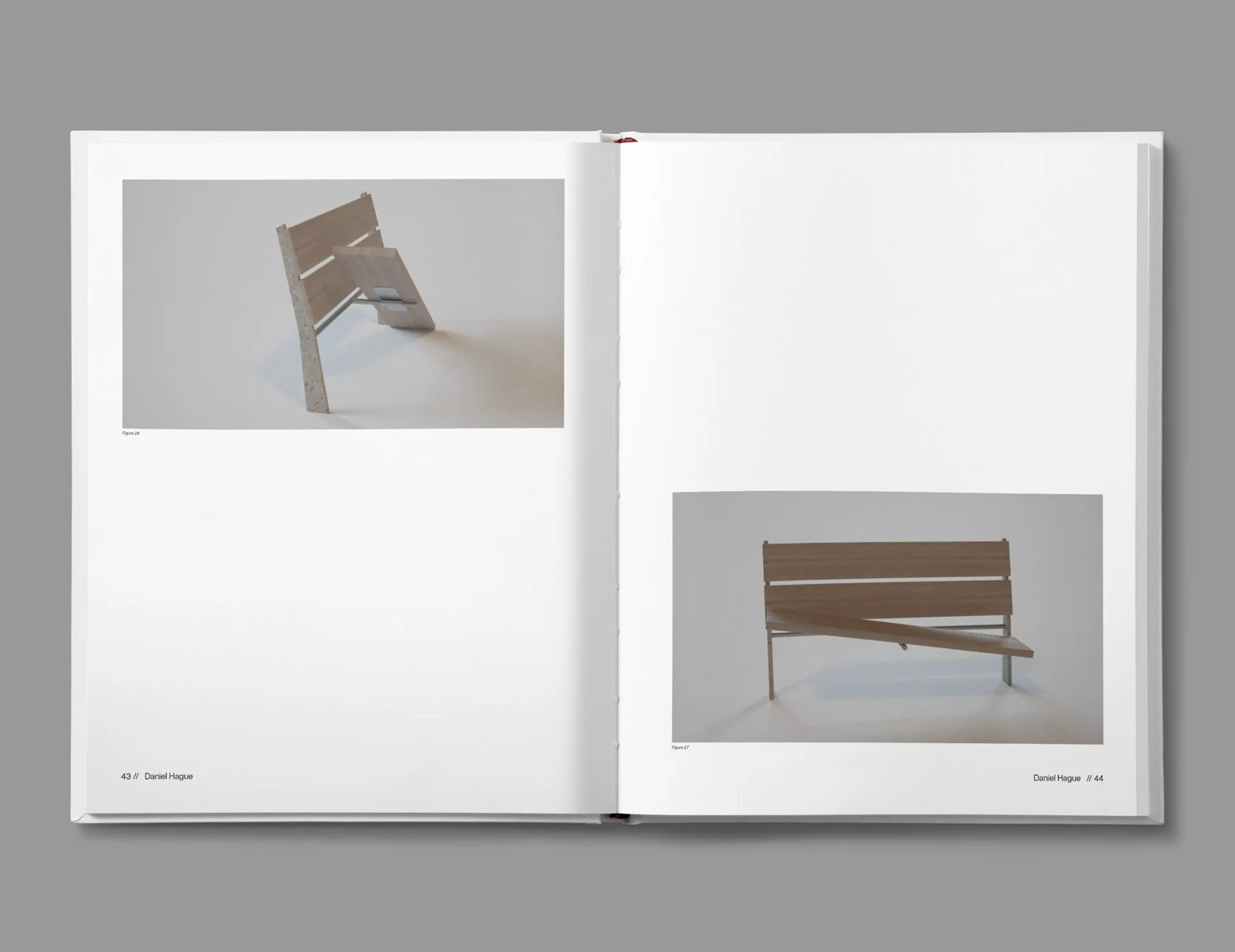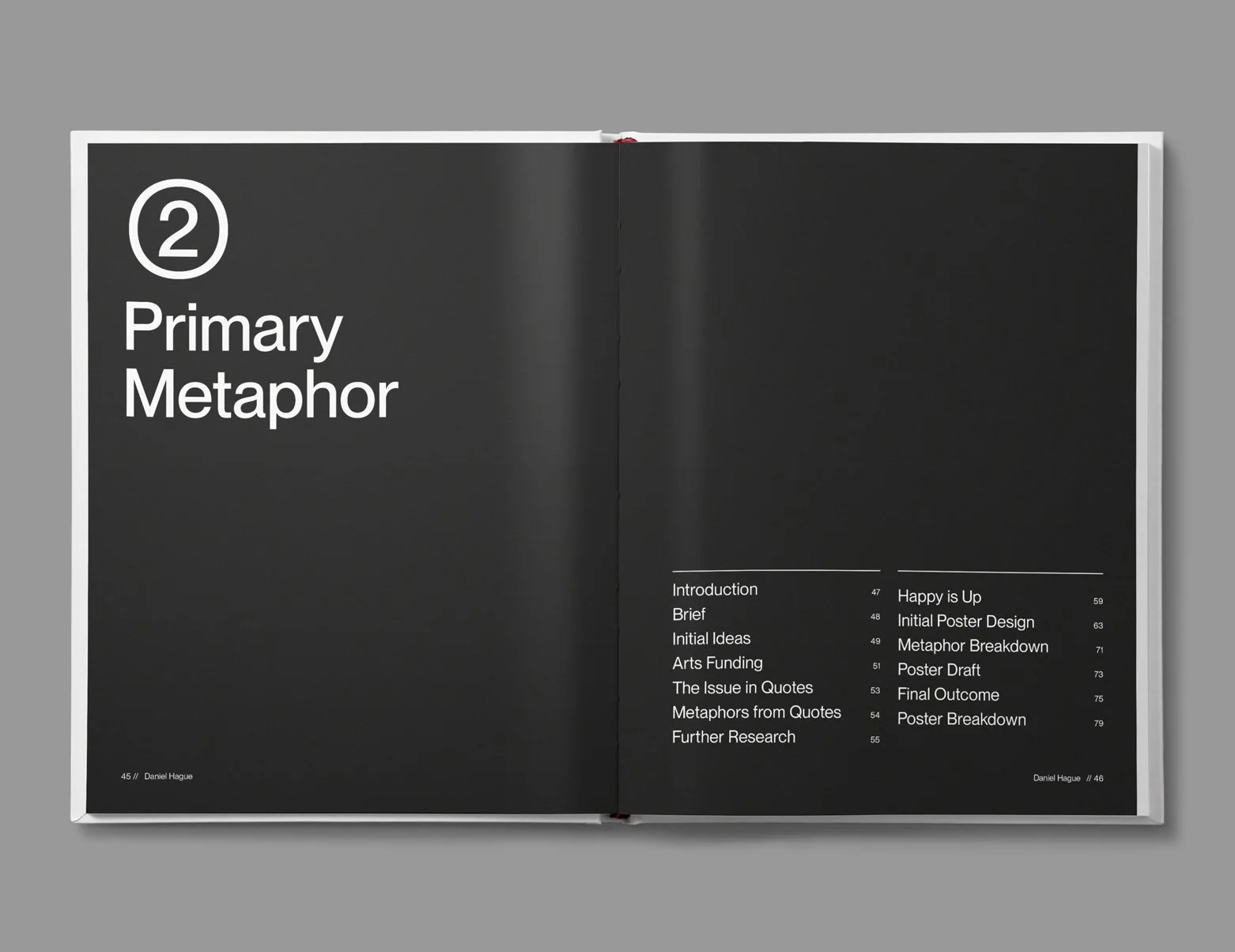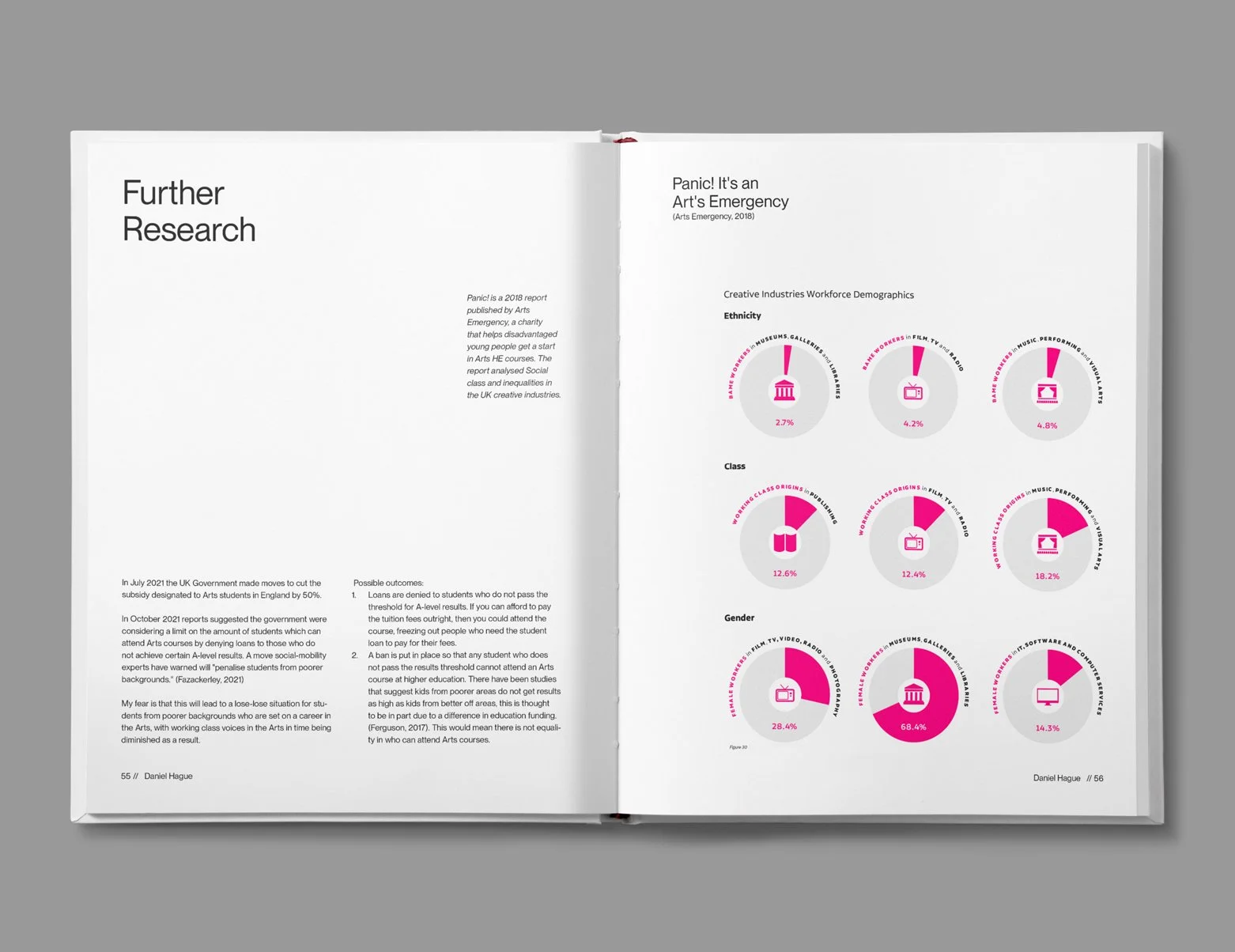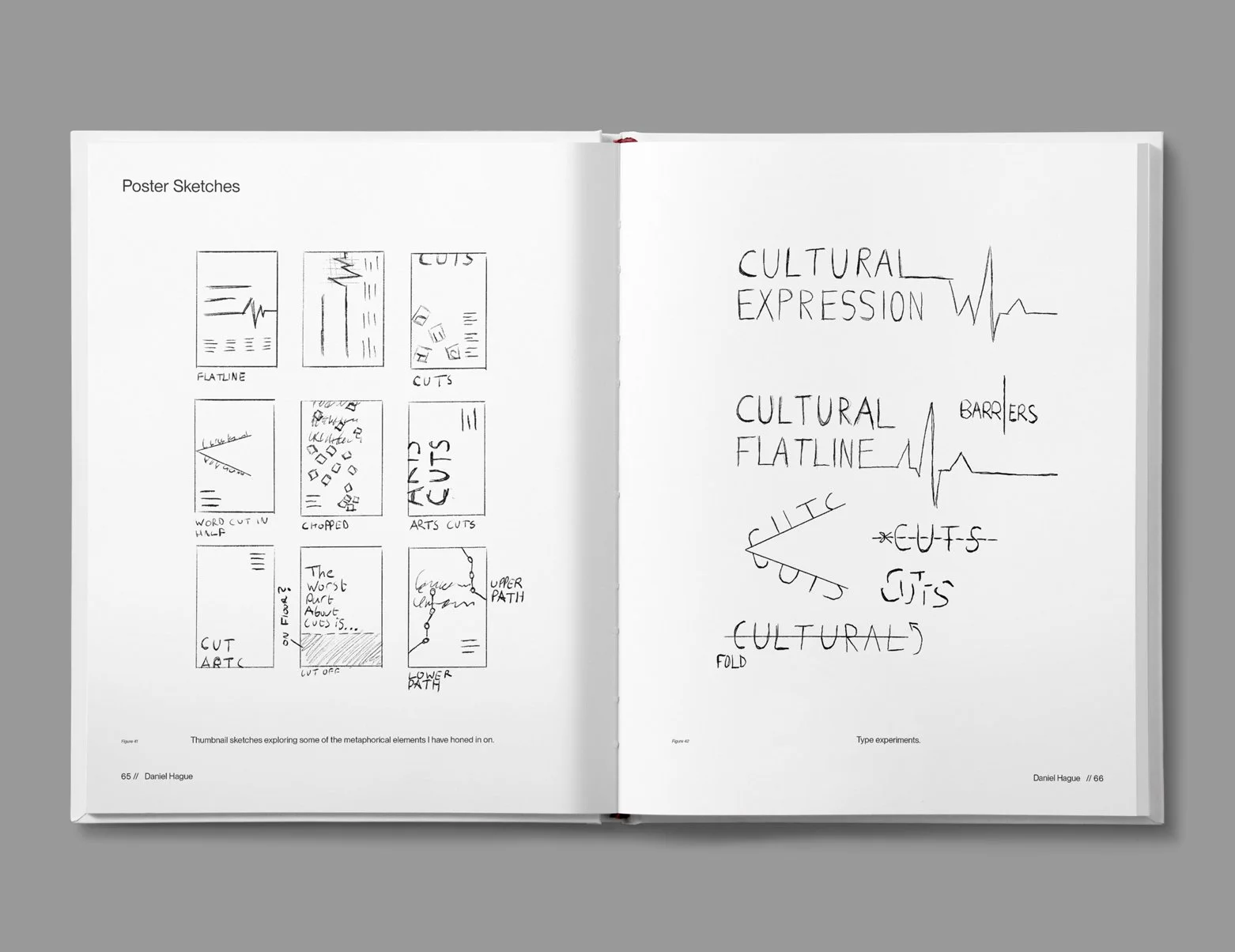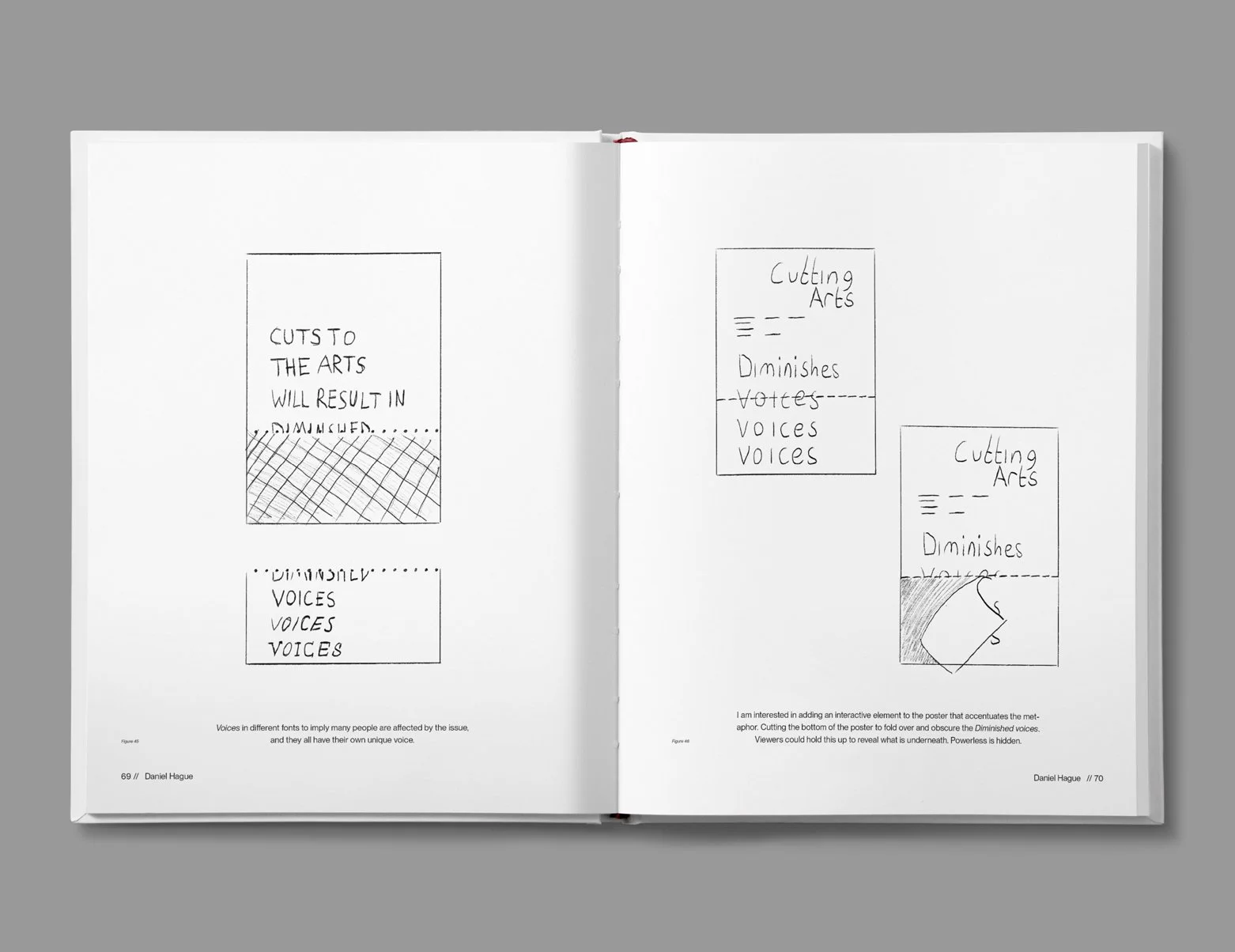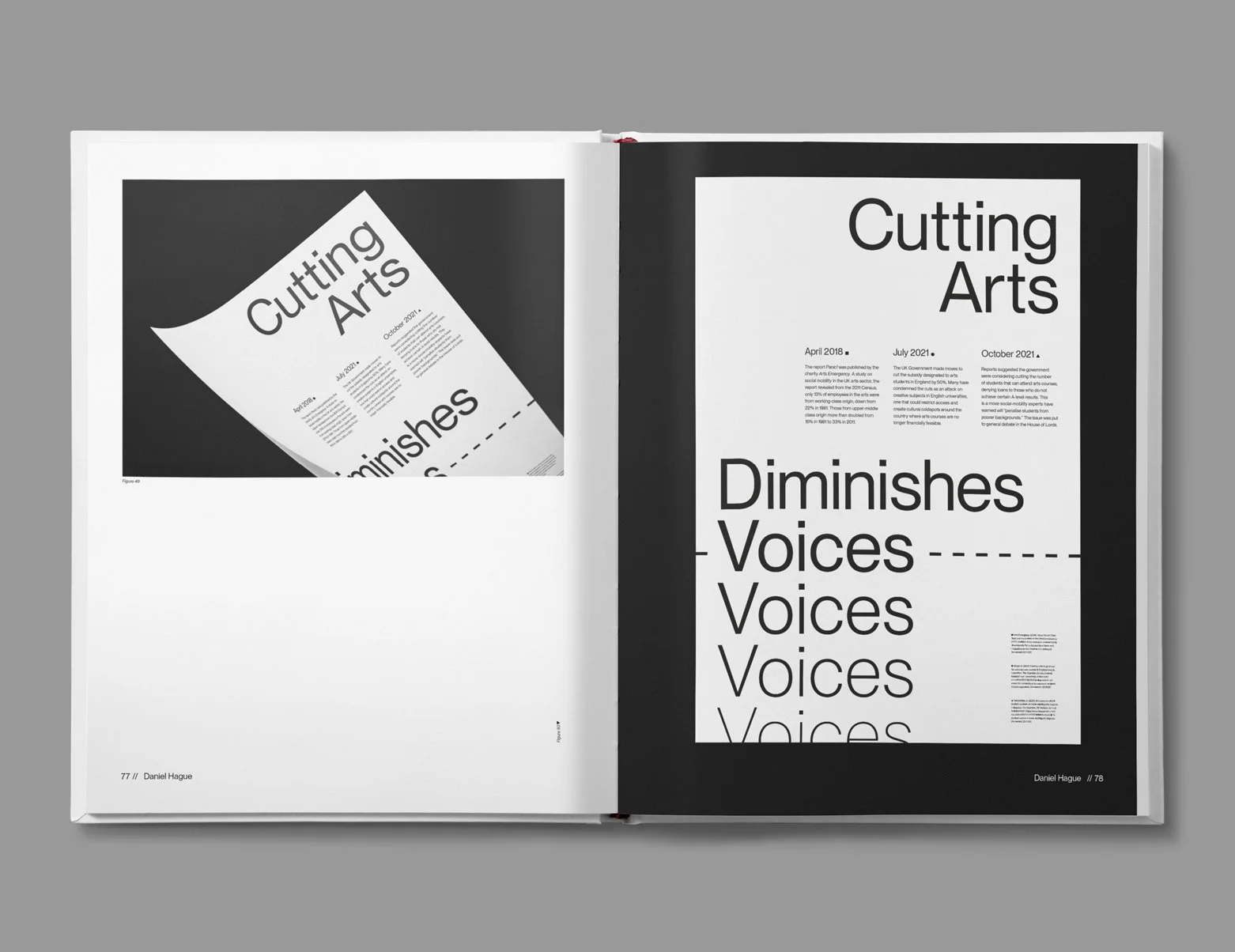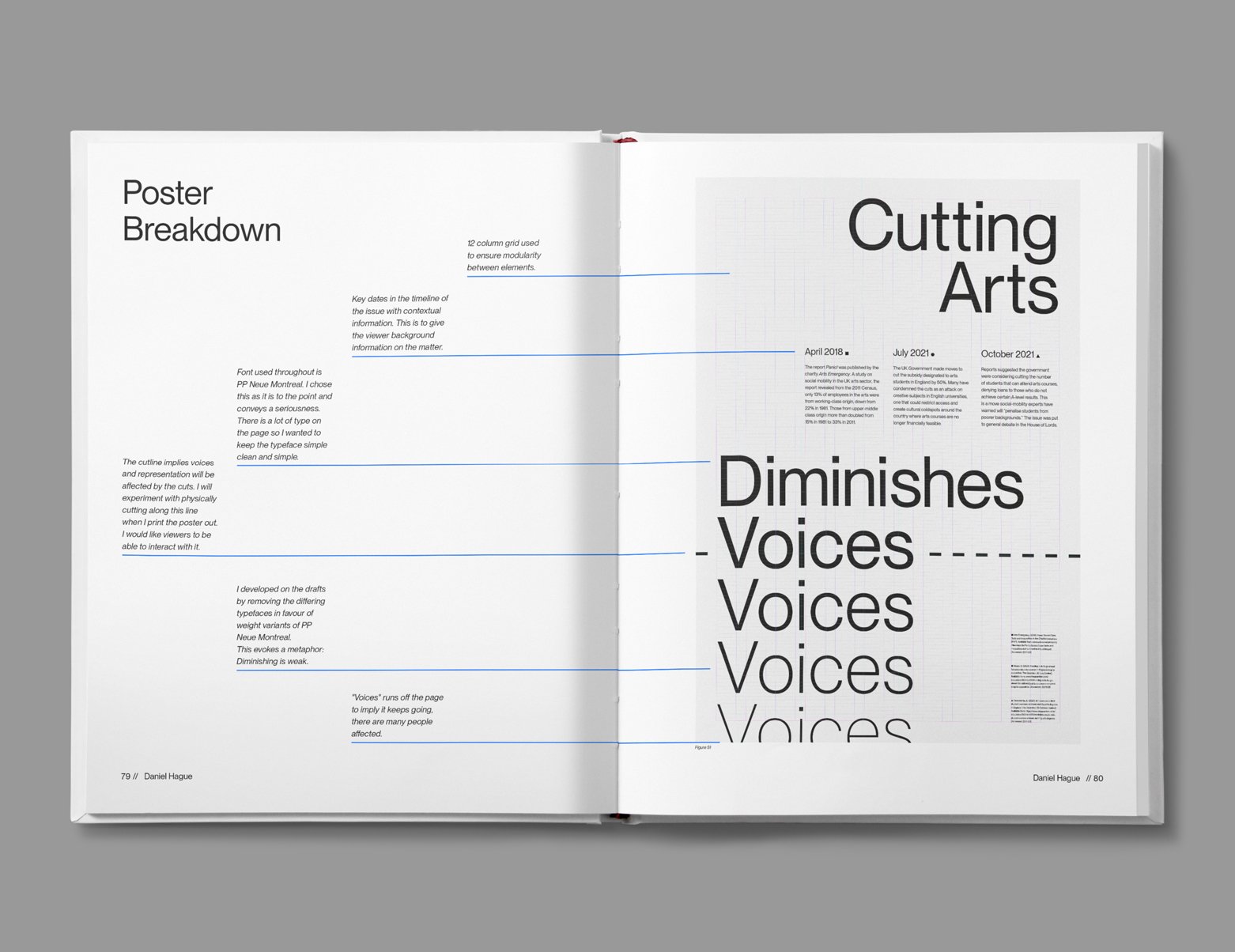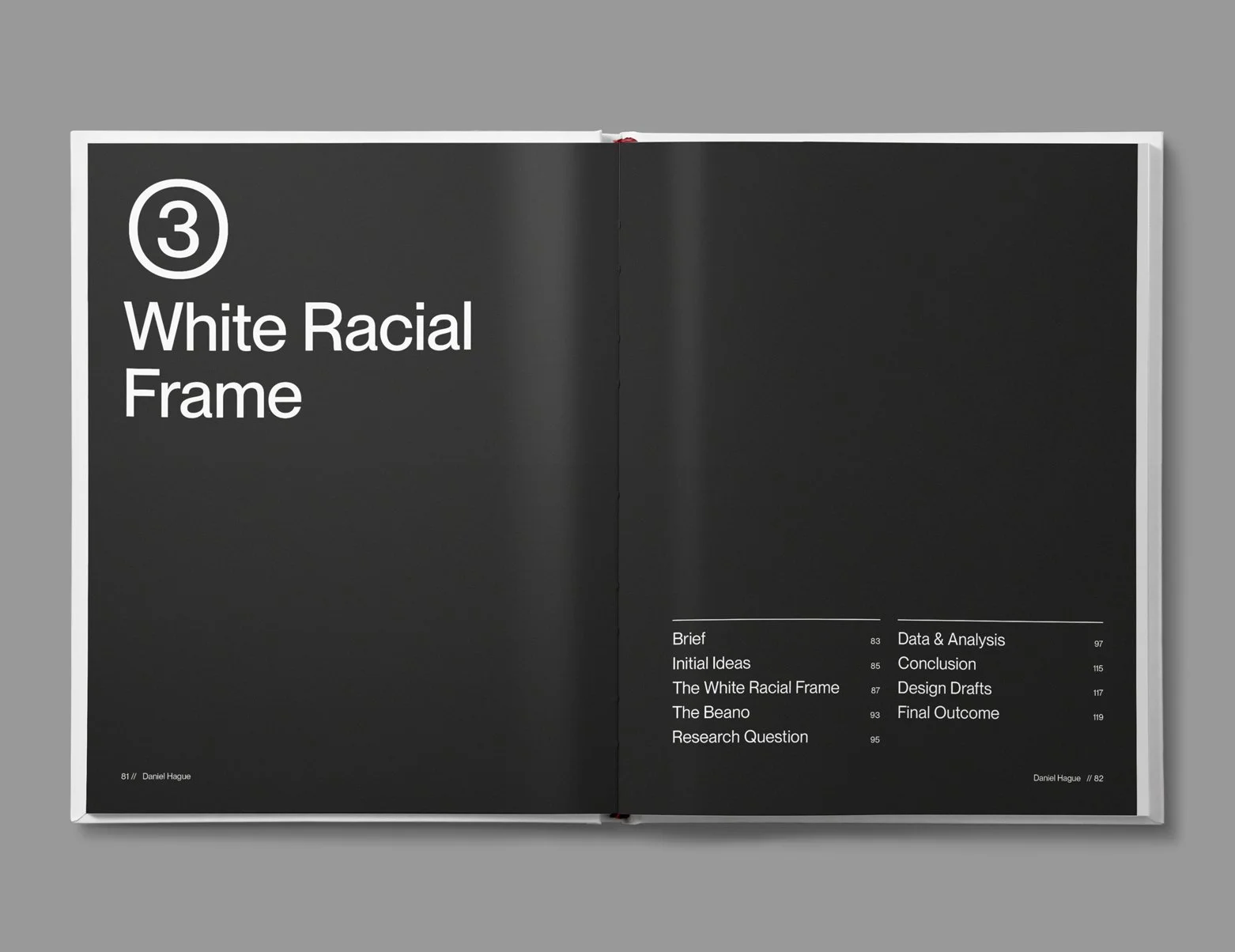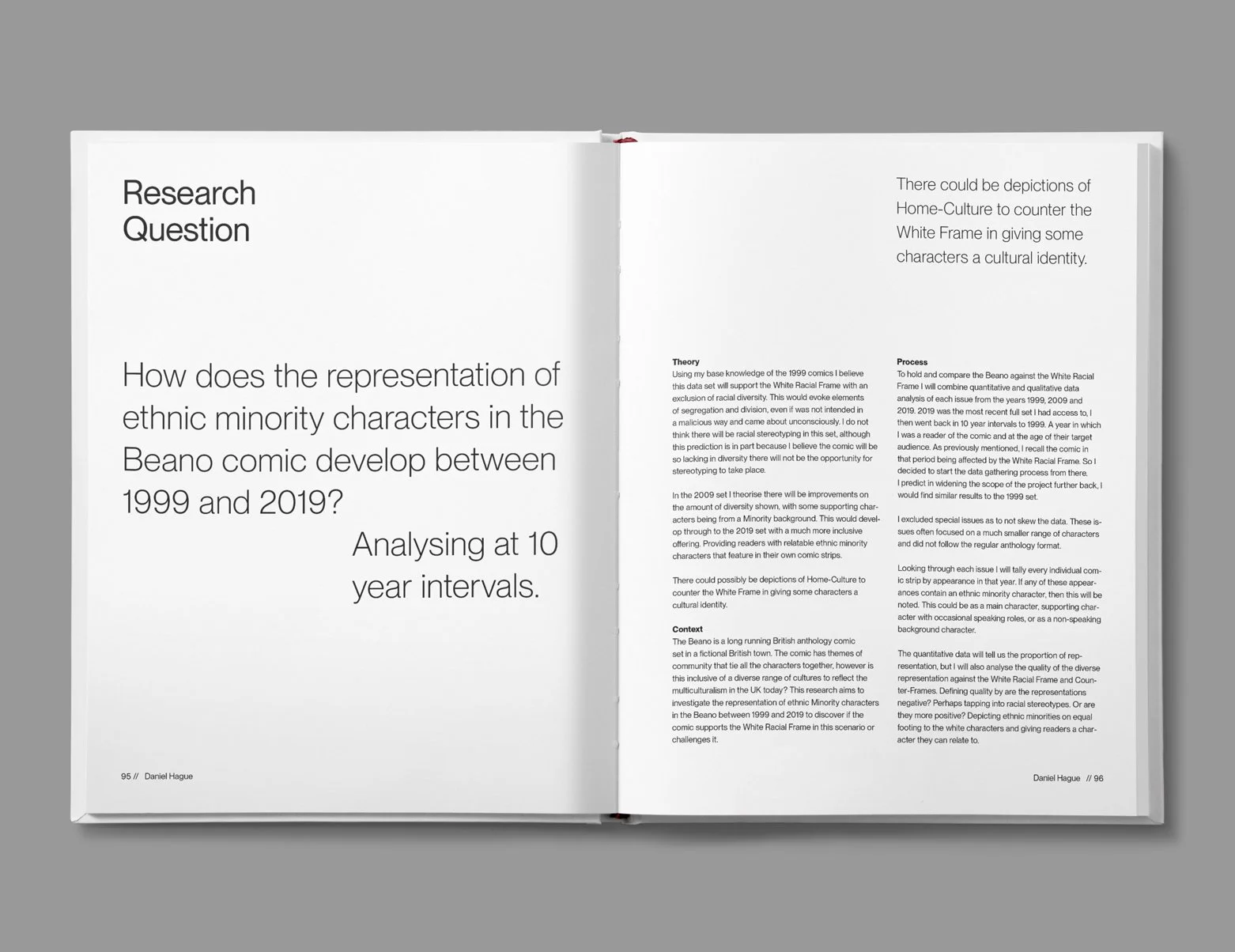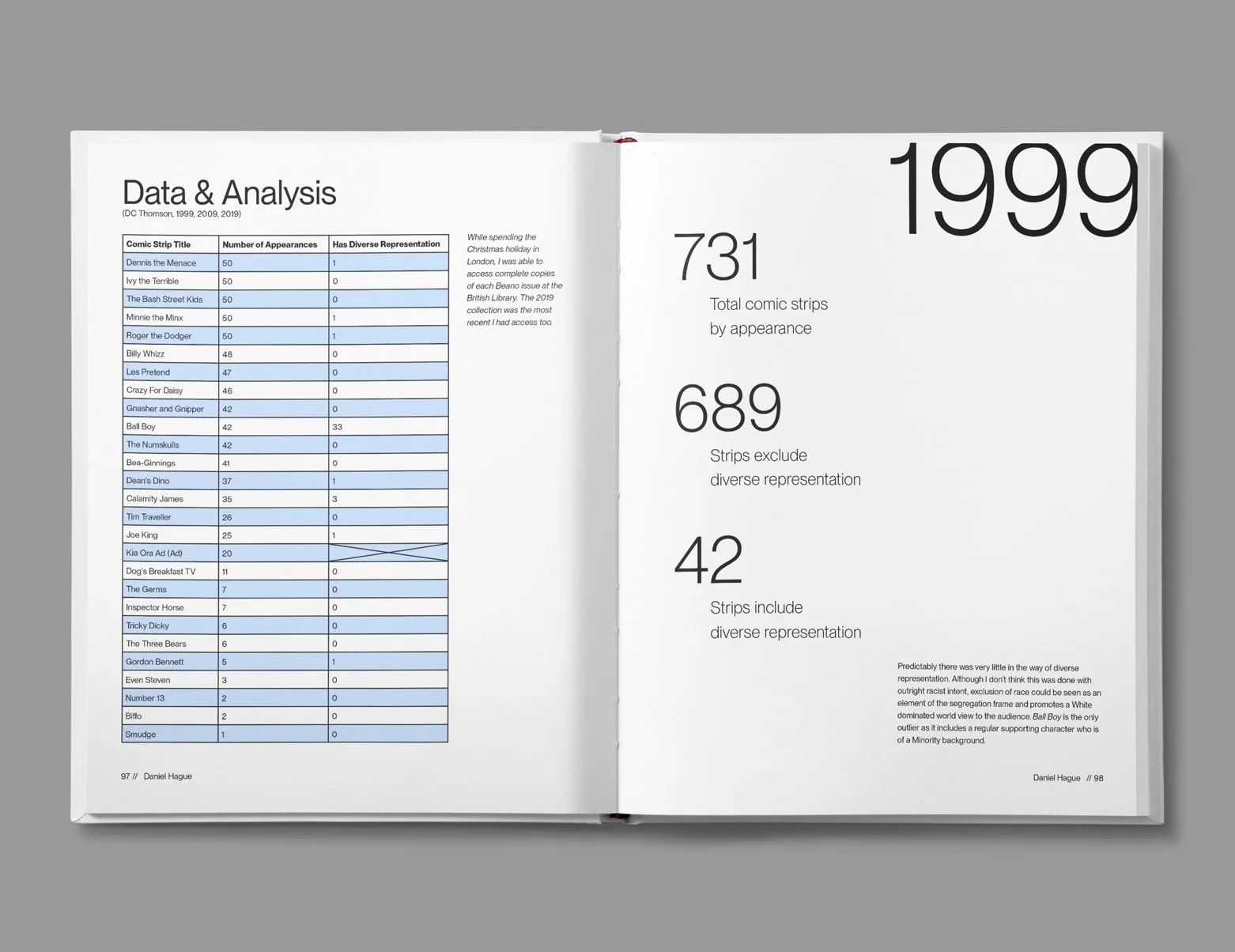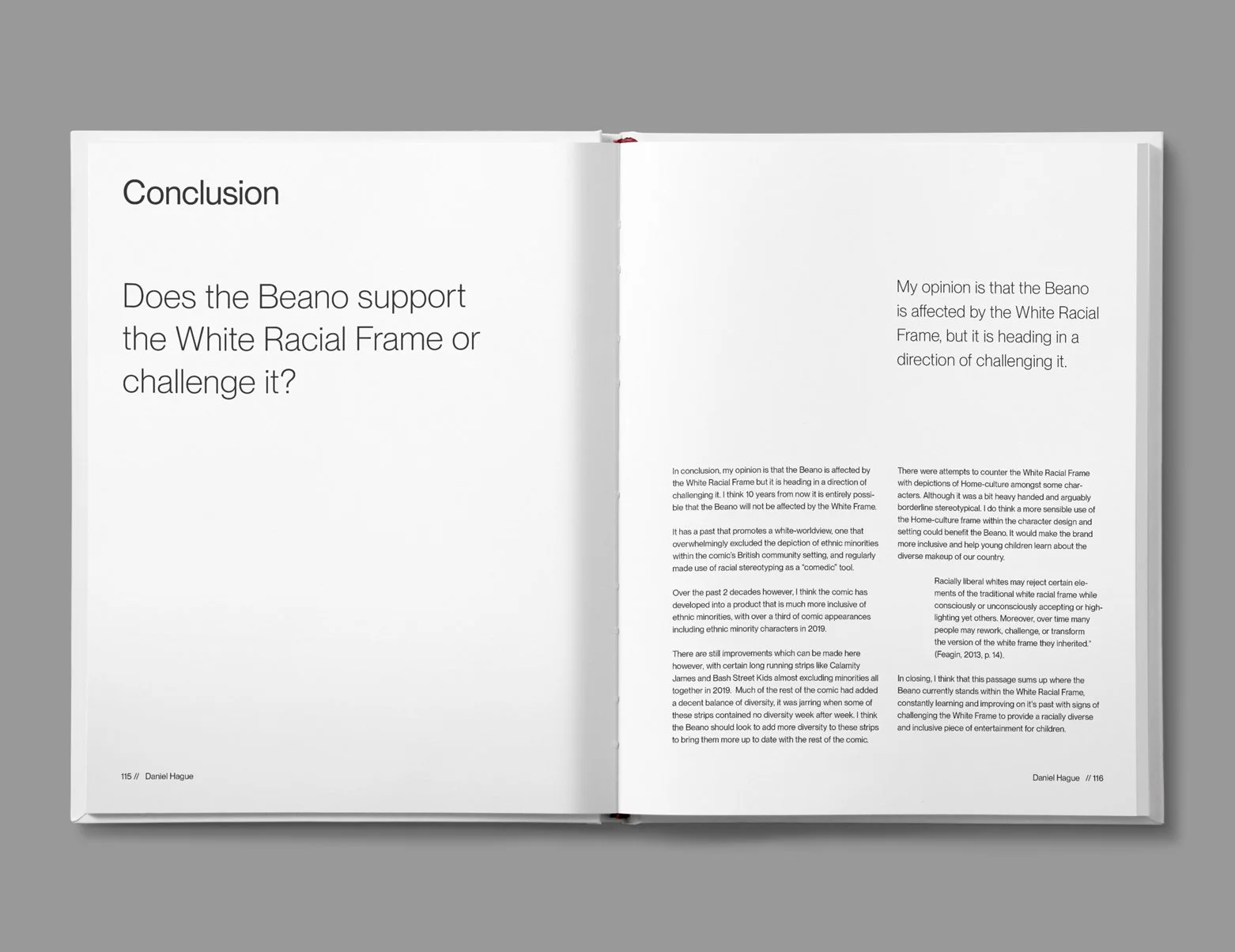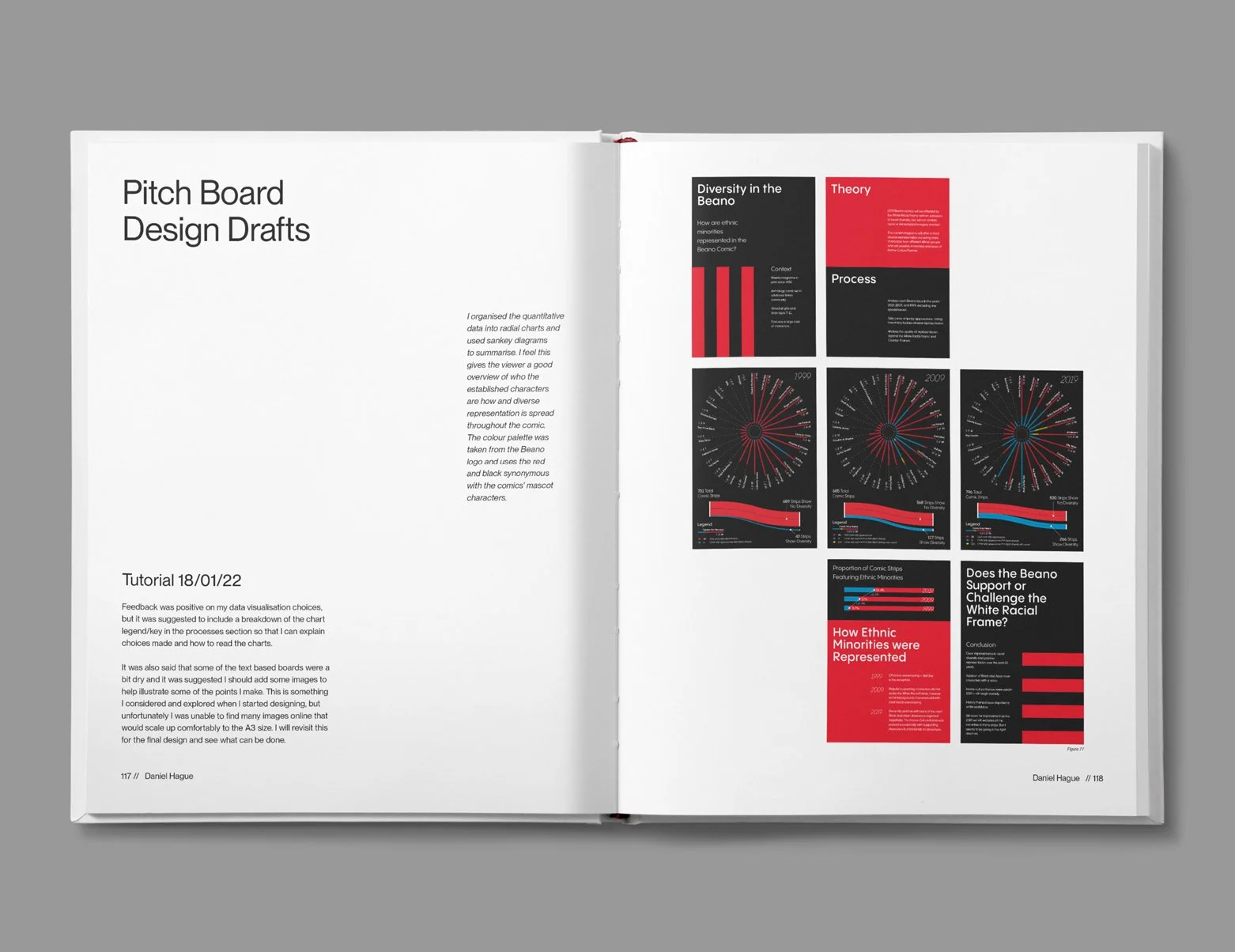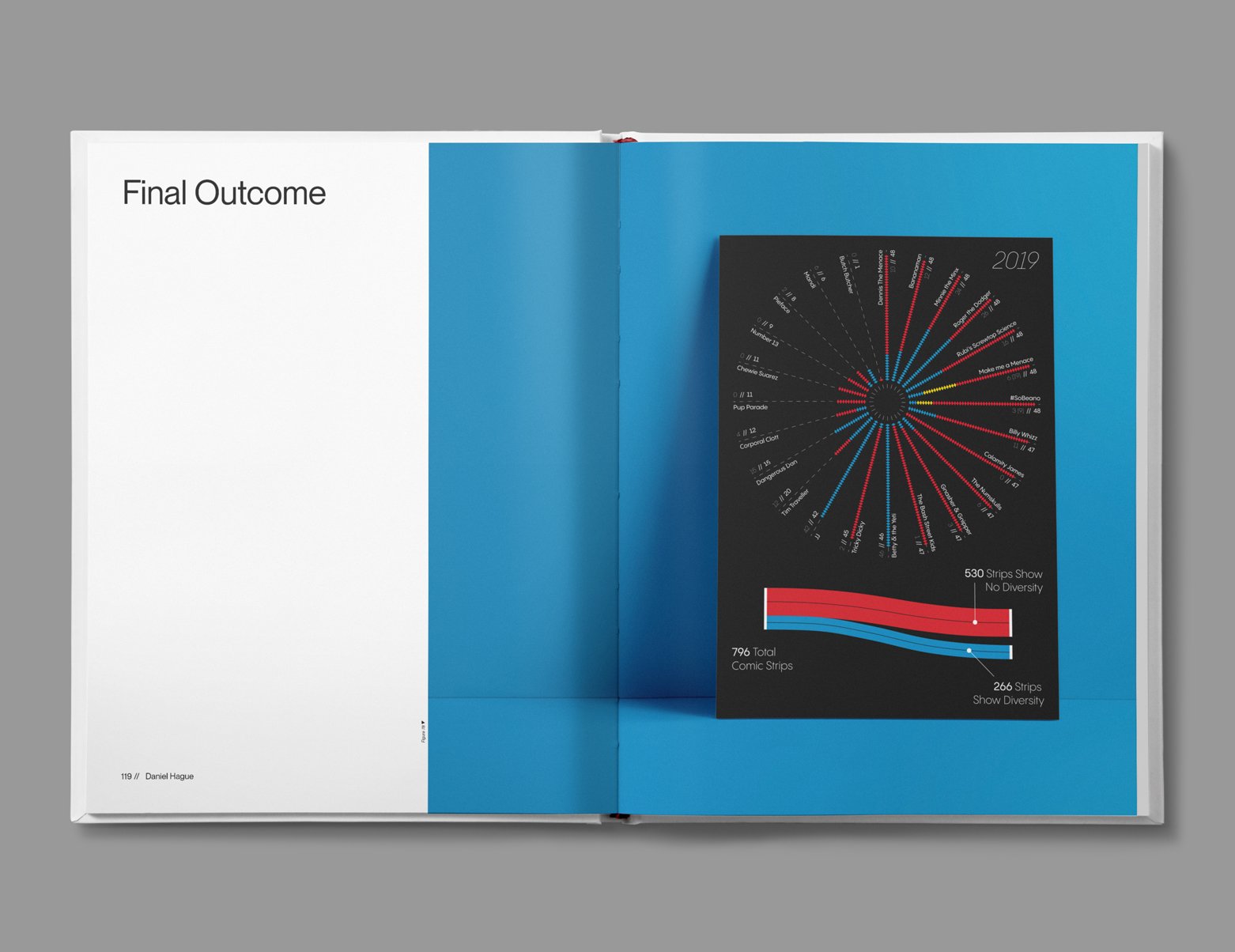Strategies for Design
The first unit of my Master’s course was split into three periods of taught strategies for practice. At the beginning of each period, we would be introduced to a theory through a series of lectures and design challenges. These theories often derived from linguistics, and we would be tasked with an assignment that required it to be applied to a design outcome. My contextual process for all three assignments was collected into a 174-page journal. I explored some of these theories further in units two and three of the course, using them as a tool in my experimentation.
In the first assignment, we were introduced to Frame Semantics, breaking down all the individual elements which frame and bring context to an entity. Our brief was to choose an everyday object, analyse the frame in which it lives, and write a scenario that step-by-step narrates how that object is usually used. Then we were challenged to choose an element in that scenario that could be twisted to disrupt the balance of the frame, rendering the object useless.
My chosen object was the park bench, and I narrowed down my scenario to its most base use: sitting down for rest. My solution was a see-saw bench which I created in Autodesk 3DS Max. My thought process was that to gain rest on this bench someone of exact equal weight would need to sit on the other side. To sit on it by yourself would mean either falling to the floor or straining your legs to keep yourself up.
In the third assignment we learned about Primary Metaphor—often spatial in nature, these metaphors are theorised to be developed early in our childhoods as a way to make sense of more difficult and abstract ideas, as such there is an inherent universality to them. An example of this is: ‘Important is big–unimportant is small”.
Our task was to create a typographic poster that uses primary-metaphor to illustrate a particular rule or policy that we felt restricted our freedoms. I chose the proposed cuts to the arts sector in the UK as the point of contention, as it could directly affect people from my background should it come to pass. My poster evokes metaphor for reduction, representation, and the weakening of it. On reflection of this unit, I do think I could have achieved a more impactful and simple solution by choosing just one metaphor, playing on the ‘Arts Cuts’ message. The poster also has a bleak and serious tone to it—while this reinforces the grave issue we are facing, it could do more to inspire the intended audience of artists and designers.
In the final assignment of this unit we expanded on frame theory and investigated how frames are applied to much broader worldviews, in particular The White Racial Frame. This over-reaching frame can be seen to have an effect on the media we consume, past and present, as well as in the design used to present that media. This can be through explicit elements such as racial stereotyping or ‘anti-others’ expression, to more subtle methods such as appropriating modernity. We also learned of counter frames, in this example ‘Home-culture’ is a frame that sees groups incorporate positive cultural expression from their ethnic background into a more white-determined setting. The brief for this assignment was to choose a piece of media and determine if it tapped into the white racial frame or not, and to what extent. This was a heavily research-based task in which we designed pitch boards to present our findings.
I chose the Beano as my focus, a comic that I read religiously as a child but could not recall there being much diversity in its cast of characters. My methodology was to analyse quantitative and qualitative data; using the British Library I was able to get my hands on every Beano issue from my target range. I started with issues from the late nineties when I was a reader, then skipped in ten-year intervals to 2009 and 2019, cataloging data from every issue in those years. I documented each character appearance in those years by the comic strip they starred in, and I noted when there was diverse representation to be found. I also analysed that representation, was it positive or negative? I displayed my findings through a series of infographics that aimed to illustrate the change in each decade at a glance.
My findings were not black or white, though they showed a steady improvement of racial diversity in each decade. In the nineties, the Beano certainly supported the white racial frame, with very rare occurrences of racial diversity, and when it was present it was often through racial stereotyping where the non-white character was the butt of a joke. By 2019 they had added Black and Asian main characters to the roster providing much more representation. With examples of home-culture being used, it was clear the Beano had taken steps to challenge the White Racial frame and was heading in a positive direction.
